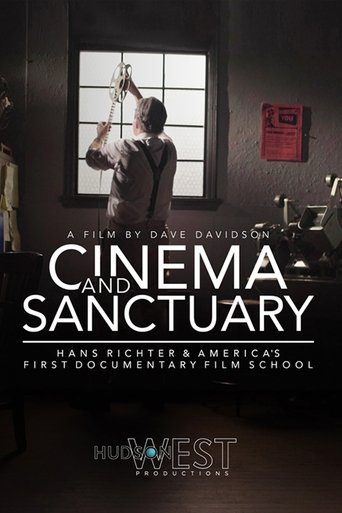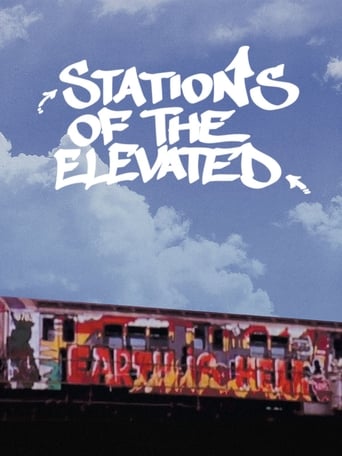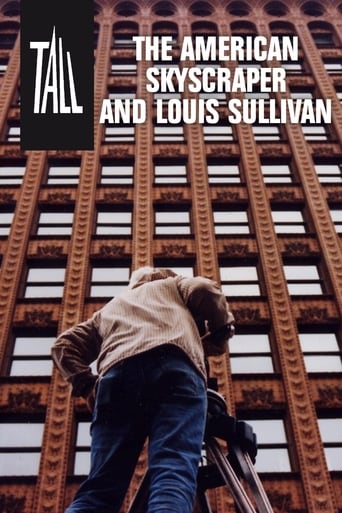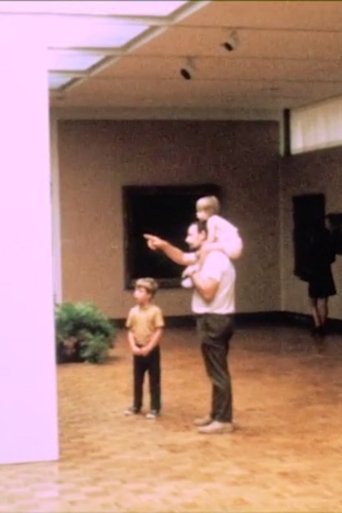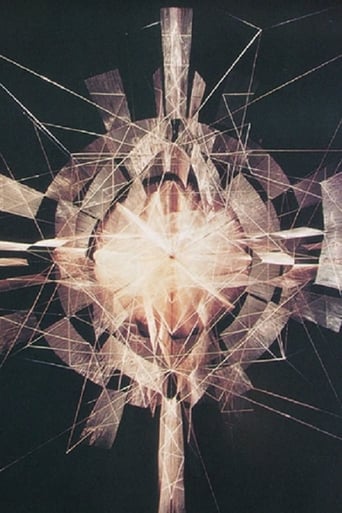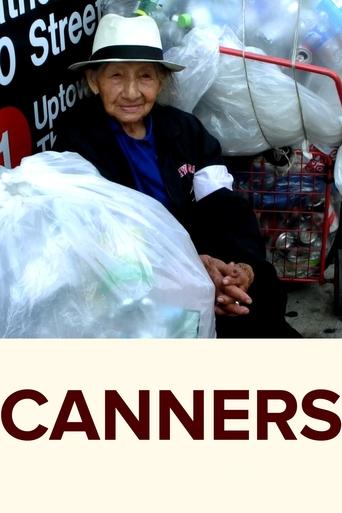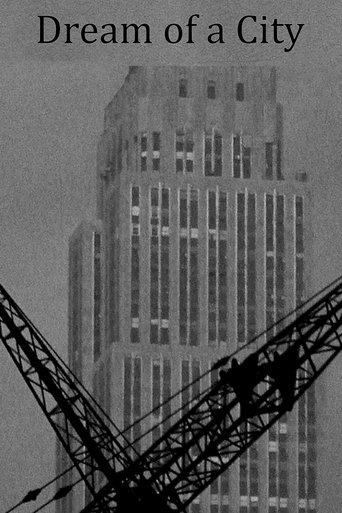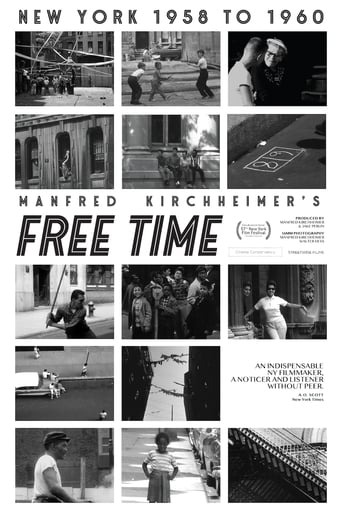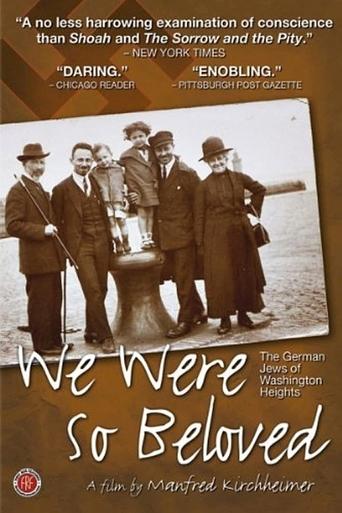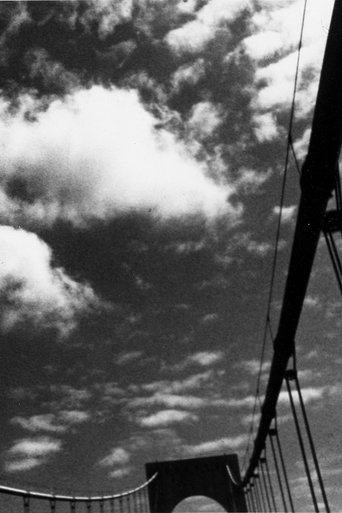Cinema and Sanctuary
Jun 20, 2019The astonishing story of the first documentary film school in the USA—The Institute of Film Techniques at The City College of New York. This groundbreaking program exposed thousands of working-class kids raised on Hollywood movies to the power of documentary film - all under the watchful eye of DADAist, pioneering experimental filmmaker and radical thinker, Hans Richter.
Documentary
